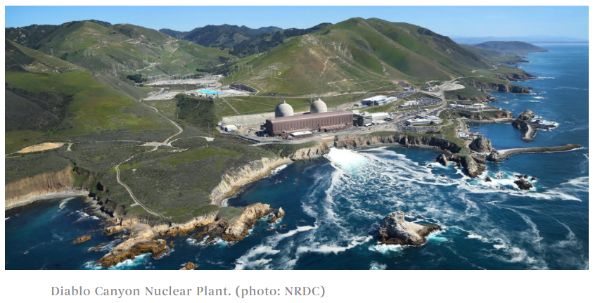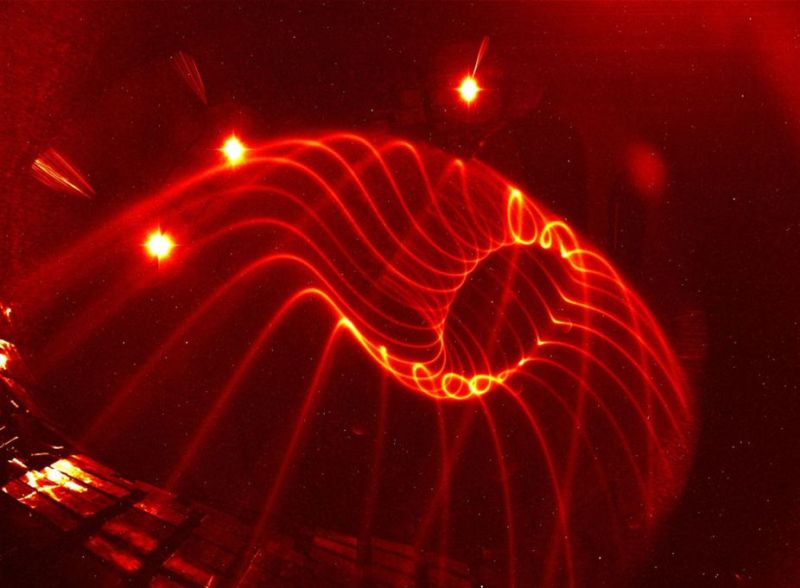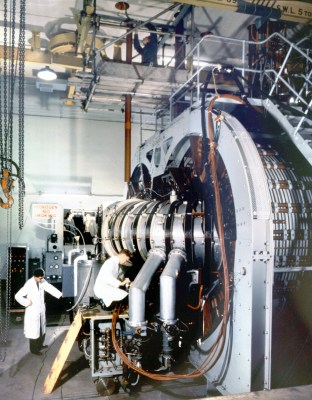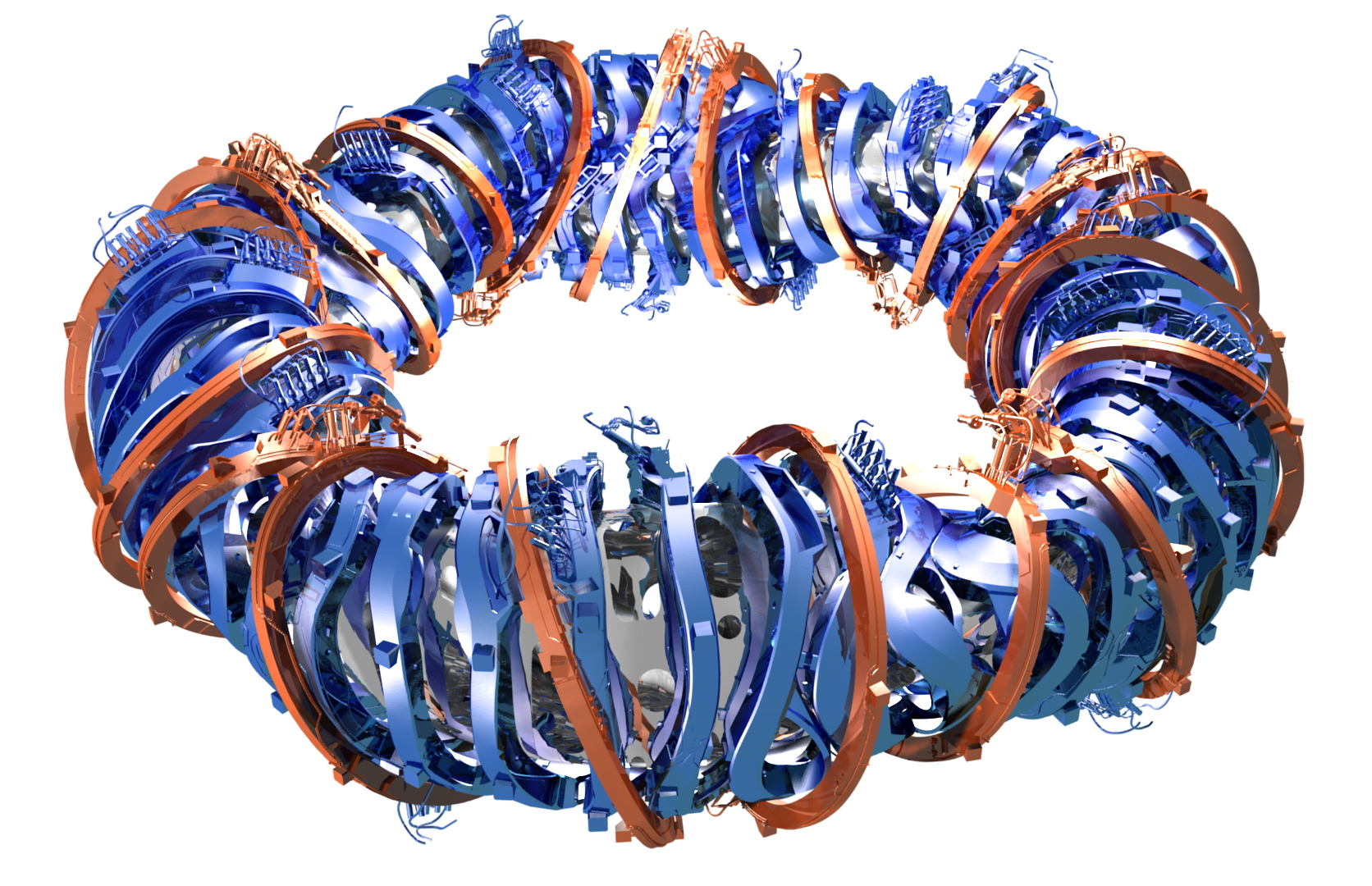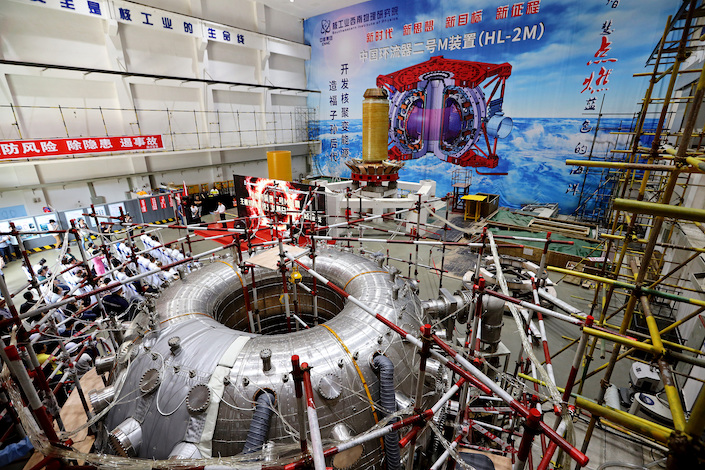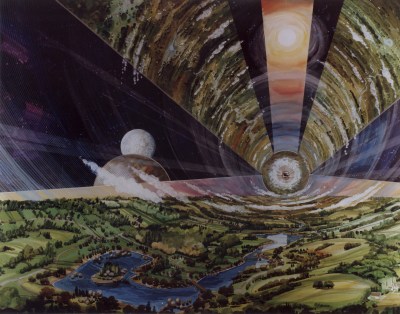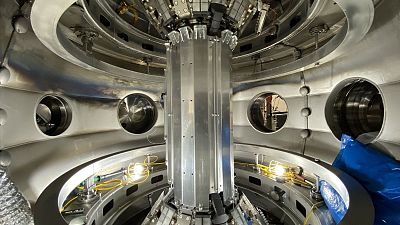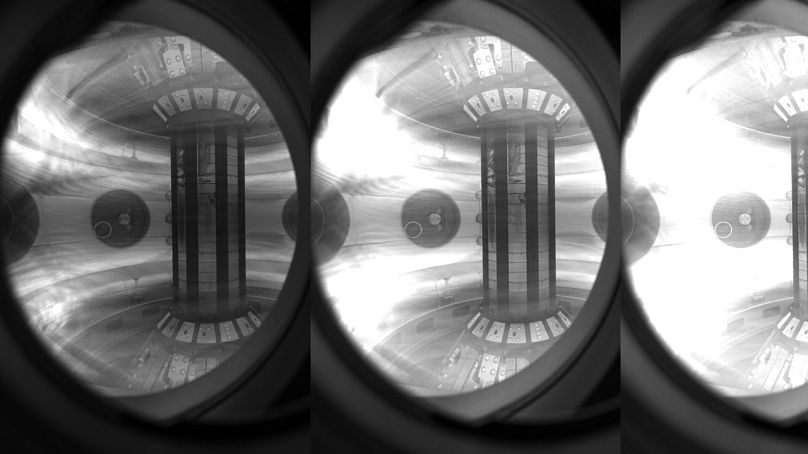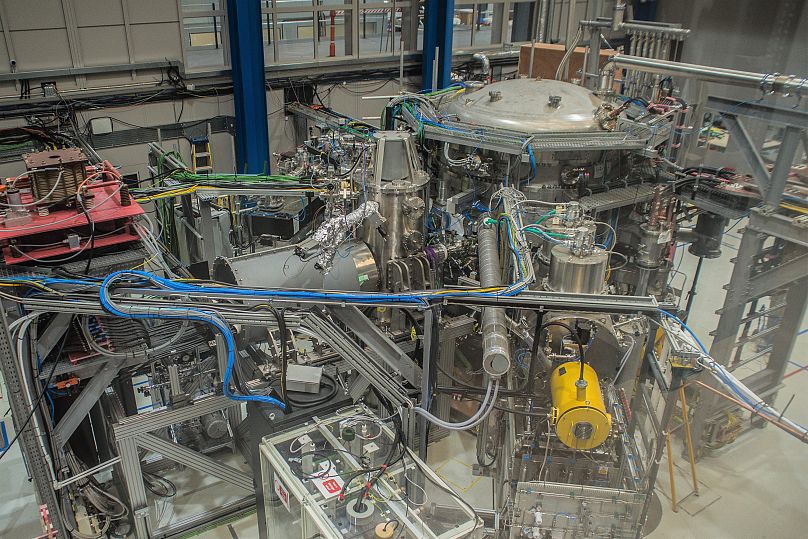Nuclear energy "is not safe”
Portuguese Minister for Environment and Climate Action, João Pedro Matos Fernandes, has defended that the European Union (EU) should not finance nuclear energy projects because “it is not safe, it is not sustainable and costs a lot of money”.
By TPN/Lusa, in Environment, Portugal, Europe · 14 Nov 2021 ·
"We are not here to define the energy policies of any country. We are here to emphasise that it is really a bad decision to place nuclear within the European taxonomy. It is not safe, it is not sustainable and it costs a lot of money", he argued.
European financing, stressed Matos Fernandes, should be directed towards other options, mainly wind and solar energy, and he added that they are in contact with the private sector to take this same position.
“All the money that goes into nuclear energy is definitely money that should be put into renewable energy and that's what the world needs. We need energy, but it doesn't come from fossil [fuels]. And we need energy that does not contain nuclear waste”, he insisted.
In an intervention before Matos Fernandes, the German Environment Minister, Svenja Schulze, stated that “nuclear energy cannot be a solution to the climate crisis” because it is too risky, too slow and not sustainable.
Currently, around 12% of Germany's electricity comes from nuclear and half from renewable sources.
In 2011, after the accident at Japan's Fukushima nuclear power plant, German Chancellor Angela Merkel announced that it would end the country's 17 nuclear power plants by 2022, despite fears that this would lead to an increase in greenhouse gas emissions due to the use of gas and coal.
France is the third largest producer of nuclear energy in the world, behind the United States and China.
Nuclear energy 'can't solve' global warming, will 'strain' financial, natural resource
Thursday, November 25, 2021
Counterview Desk
Taking strong exception to Rafael Mariano Grossi, Director General, International Atomic Energy Agency (IAEA), who has favoured nuclear energy as a solution to global warning, well-known power and policy analyst Shankar Sharma has said that the IAEA chief's “unsubstantiated advocacy” of nuclear power is associated with “diversion of considerable amounts of scarce resources, both financial as well as natural, of many developing countries, such as India.”
In a letter to Grossi, Sharma, who is based in Sagar, Western Ghats, Karnataka, said, “The proposed Jaitapur Nuclear Power Project (6 reactors of 1,650 MWe each) in Maharashtra, the estimated cost per MWe is between INR 300 million to 400 million, whereas the lowest cost is for renewable energy sources of wind and solar backed by storage batteries, which is in the range of INR 80 million to 100 million per MW.”
Text:May I draw your kind attention to a few news articles, carried in the electronic media, in recent days on the relevance of nuclear energy in the context of Climate Change? These include one news report attributing a statement to you: "Nuclear energy is part of the solution to global warming, there's no way around it…"
An AFP report of November 7, 2021 says: "...For more than two decades, promoters and purveyors of nuclear energy felt shunned at UN climate change conferences. At the COP26 summit underway in Glasgow, however, they have been welcomed with open arms, the UN's top nuclear regulator told AFP. ‘Nuclear energy is part of the solution to global warming, there's no way around it,’ said Rafael Mariano Grossi, director general of the International Atomic Energy Agency, in an interview. It already accounts for a quarter of ‘clean’ -- that is, carbon-free -- energy worldwide, and Grossi said this COP is the first where it has ‘had a seat at the table’."
At around the same time, a few more news articles have also appeared advocating the increased usage of nuclear energy. These articles, as well as your own views (as carried in AFP report of November 7, 2021), have shocked many rational observers of the electricity sector from around the world, while also surprising many more observers of the global energy sector with the audacity of such advocacies even towards the end of 2021.
Your own statement, coming as the head of IAEA, may not surprise most observers of the nuclear power industry since IAEA has taken upon itself, for the last six decades, the role to relentlessly to promote the interest of nuclear power industry without satisfactorily addressing many associated serious concerns for the global communities.
But what is shocking is that even after scores of costly and bitter experiences associated with nuclear power, such as three major nuclear disasters at 3-mile Island, Chernobyl and Fukushima, many other advocates are continuing to ask for much wider usage of nuclear power without diligently considering various legitimate concerns associated with technical, economic, social, environmental, logistics, intergenerational issues. It is hard to accept that such a stubborn advocacy for nuclear power has borne out of honest consideration of true welfare of all the concerned global communities.
Such an unsubstantiated advocacy for nuclear power has also been associated with the diversion of considerable amounts of scarce resources, both financial as well as natural, of many developing countries, such as India, to artificially prop up an electricity generation technology which has not only humongous costs and risks, but also has negligible relevance to the energy security of such countries with low per capita electricity need/ demand.
Despite many intractable problems associated with nuclear power industry, such as calamitous risk of uncontrolled radiation leakage, non-existent nuclear waste management technology, nuclear terrorism risks etc., the consumer end price of nuclear energy may be acceptable to rich countries which also may have high per capita electricity demand.
But for poor and populous countries such as India, Bangladesh, Pakistan etc. which have some of the lowest per capita electricity need/ demand, nuclear power cannot be acceptable not only due to the high price at consumer end, but also due to many other concerns such as the ever growing constraints of resources (land, water, nuclear fuel etc.), unacceptable costs associated with nuclear accident risks for their densely populated communities, intergenerational health issues because of nuclear radiation, irrelevance of nuclear power in the context of Climate Change, enormous potential of locally available renewable energy sources etc.
In this larger context, what has been of very serious concern is that the gullible policy makers of these poor countries have fallen prey for the unsubstantiated advocacy by nuclear power advocates such as IAEA, and are committing the communities in these poor countries to all the associated costs/ risks/ concerns for many decades (or even centuries) to come.
Because of this grave scenario, IAEA, even if it honestly believes that "nuclear energy is part of the solution to global warming, there's no way around it," it should consider rendering truly a great service to the billions in these poor countries by clarifying the fact that nuclear power may not be suitable to many of the developing countries because of the poverty, population density, and the availability of suitable alternatives such as renewable energy sources.
In the case of India, I would like to point out the fact that despite massive financial support and the continued patronage given to nuclear power sector since seven decades, the aggregate nuclear power capacity in the country is only 6,780 MW, which is only about 1.7% of the total electric power generating capacity (as on 20.9.2021), and that this percentage of nuclear power to the total power capacity can only come down further in view of the national target to have 500 GW of renewable power by 2030, and the fact that lot more coal and hydel power capacities are also being planned.
Whereas India could commission only 6,780 MW capacity of nuclear power in about 70 years, its planners have unrealistically ambitious targets such as increasing the same to about 250,000 MW by 2070. Whereas such targets can easily be seen as ‘a pie in the sky’ due to the sheer physical impossibility linked to various obstacles in mobilisation of enormous resources needed, what is of even more concern to its communities is that a considerable share of country’s meagre resources will have to be diverted to such unrealistic dreams, while starving various other welfare activities including the development of renewable energy sources, which is lot more suitable to Indian conditions.
In this background, may I hope that IAEA will see it as a fundamental obligation to the global community to come out with satisfactory clarification to some of the major concerns as below immediately?
1. Can nuclear energy be an important part of the solution to global warming?In 2019, the total electricity generating capacity at the global level was 9,773 GW out of which nuclear capacity was only 369 GW, which amounts to only about 3.8%.
Actual electricity generated in 2019 reveals that only about 10.3% of total electricity came from nuclear power technology, whereas renewable energy (excluding hydro power) was 10.8%. This percentage of renewable energy capacity has been achieved only in about a decade to decade and half period, whereas nuclear energy has taken more than 7 decades.
Hence, nuclear power cannot be seen as making a substantial impact on the GHG emissions scenario at least in the near future. One global estimate indicates that in order to have any discernible benefit from the Climate Change perspective, nuclear power needs to be about 33% of the total installed power capacity at the global level.
This estimate also indicates that about 2,500 nuclear reactors of average capacity of 1,000 MW would be required, and nearly four new reactors would have to begin construction each month until 2075. If nuclear power were to play more than a marginal role in combating global warming, then some nuclear-power reactors would have to be operated even in those countries, where there is no nuclear power as of now.
Looking at the recent past experience of slow electricity demand growth, the increasing public opposition, the safety issues, and the threat of nuclear terrorism etc. such a huge addition of installed capacity is impossible.
For a resource constrained and densely populated country like India, diversion of thousands of Sq. km of its agricultural/ forest lands for setting up hundreds of nuclear reactors, including the safety zones, can be said to be next to impossible.
In such a scenario, why should the most costly and risky technology of electricity generation be a part of our energy basket, when we have many benign options available?
2. Can nuclear energy ever be competitive with other sources of electricity?For a developing country like India, the capital cost and hence the consumer end price of nuclear power should be a critical factor in choosing the energy technology option. As of today, nuclear power is evidently the costliest option for India (as is elsewhere), and is only likely to be the costliest option by a huge margin even in future.
For the proposed Jaitapur Nuclear Power Project (6 reactors of 1,650 MWe each) in Maharashtra state in the country, the estimated cost per MWe is between INR 300 million to 400 million, whereas the lowest cost is for renewable energy sources of wind and solar backed by storage batteries, which is in the range of INR 80 million to 100 million per MW.
In all cases, they are five times cheaper than nuclear power plants. Even storage and network costs don’t come close to making up the difference. Such a contrast in capital costs can only become much starker in the future because of the continued efficiency increases in solar, wind power, and energy storage battery technologies on one hand, and the continued escalation of capital costs of nuclear power on the other hand. It is reasonable to assume that these issues will be similar to all other poor/ developing countries also.
Under the title “List of cancelled nuclear reactors in the US”, Wikipedia has provided the details of about 200 cancelled reactors, including many in the construction stage, stating that: “Of the 253 nuclear power reactors originally ordered in the United States from 1953 to 2008, 48 percent were cancelled, 11 percent were prematurely shut down, 14 percent experienced at least a one-year-or-more outage, and 27 percent are operating without having a year-plus outage. Thus, only about one fourth of those ordered, or about half of those completed, are still operating and have proved relatively reliable.”
What a journey for the nuclear power industry: from the tall claims of ‘endless and cheap even to meter energy’, to never ending claims of innovations (such as Magnox, AGR, PWR, BWR, CANDU, RBMK, gas cooled reactors, fast breeder reactors etc.), to Fusion reactors and Small Modular Reactors etc.; to a large number of cancelled reactors in the US, to cost and time over-runs etc.; but totalling only about 3.8% of the global electricity capacity; and now to the tagline of ‘costliest and riskiest power generation technology’, and associated with concerns on global nuclear terrorism and intergenerational waste management issues.
The unsubstantiated and exaggerated claims of nuclear power establishment can also be highlighted by the turnaround from its initial advocacy for large size nuclear reactor units and multiple units in a single location (for the sake of economy) a few decades ago, to Small Modular Reactors which are in the experimental stage now.
In the context of these evidently glaring facts, it should become obvious that a poor country like India should not waste its meagre resources on nuclear power technology, which evidently has no true relevance to its energy future, and also because it has humongous potential in renewable energy.
Whereas, the above discussed two main considerations alone can be seen as ‘the necessary and sufficient factors’ for poor countries like India to shun nuclear power technology for their future, a host of other concerns such as cost and time overruns (such as Flamanville, France; Olkilouto, Finland; Hinkley Point C in UK; Vogtle in US), over-reliance on imported technology/ nuclear fuel, calamitous threats of nuclear accidents, public opposition etc. will be very serious, if not unsurmountable, hurdles.
The PDF version of a representation to the Indian government (as attached) highlighting enormous societal concerns on the approval given to a capacity extension plan of an existing nuclear power plant in the state of Karnataka, has listed a large number of such costs/ risks to the local communities.
If IAEA, being a high profile and influential global entity, chooses to continue to push for the wider acceptance of nuclear power technology, the minimum obligation it should take upon itself is to provide adequate clarification to each of the concerns as discussed above, as contained in the enclosed file, and as applicable to India and other developing countries.
a) Despite enormous investment and political patronage since the 1950s why the nuclear power capacity at the global level has not lived up to the tall claims of its captains, and why it has remained at a very low production capacity; even as compared to the recent technologies such as solar and wind power?
b) In the background of the fact that USA, USSR/Russia, and Japan, which were all known to be the leaders in technological issues, and which are also generally associated with quality and safety issues, have experienced one or more major nuclear accidents, how can IAEA assure the global community in averting nuclear accidents?
c) In the background of three major nuclear accidents, and many near misses, can we afford to ignore the “precautionary principle” as enunciated by the international convention on biodiversity?
d) Can IAEA provide the necessary details of one or two locations and the technology deployed for the long-term storage of nuclear wastes (nuclear waste depository), and confidently state that the same are cost effectively replicable anywhere else?
e) Can we afford to ignore the caution by many reports/ articles which have appeared in the media and by leading personalities such as Mikhail Gorbachev, UN Secretary General, Japanese Prime Minister at the time of Fukushima disaster, Physicians for Social Responsibility, Dr A Gopala Krishnan (of AERB, India), Dr Balram (of IISc, India) etc.?
f) What are the recommendations by IAEA to effectively address the threats of global nuclear terrorism w.r.t the concerns expressed by many political leaders?
g) Whether the costs, which we need to pass on to the future generations (in safeguarding the nuclear waste for thousands of years), are justifiable since there will be no benefits to these generations? How many times more electricity will the nuclear fuel cycle consume (including that of safety of nuclear waste) as compared to the electricity it can generate in its economic life cycle of about 40 years?
h) What are all the direct and indirect costs to the society of nuclear power as compared to the benefits in a poor country such as India? Are such benefits unquestionably higher than the costs? Through an objective study of Costs & Benefits Analysis, as a decision-making tool, can IAEA establish beyond reasonable doubt that every nuclear power plant has more benefits than costs to society?
i) What is the typical Life Cycle Cost of a nuclear power plant (such as one in the US, including the nuclear ore mining and nuclear waste management stages); and what is the volume of associated life cycle emission of CO2/MWh of energy produced?
j) In view of the fact that renewable energy sources have become so competitive not to require subsidies, can the nuclear establishment shun all kinds of subsidies, including the claim for exemption from civil nuclear liability clauses?
k) Can the nuclear establishment take the public at large for complete confidence by sharing all the relevant information asked for?
l) How will IAEA ensure that all the stakeholders are party to the carefully considered decisions on setting up nuclear power plants in each country?
IAEA’s continued advocacy on nuclear power can be seen as a clear parallel to the relentless and dangerous advocacy on fossil fuels by the International Energy Agency (IEA) till recently (despite repeated concerns the concerned individuals and NGOs), which has led to the UN's clarion call to move away from fossil fuels urgently to save humanity. In this larger context, your statement that "Nuclear energy is part of the solution to global warming, there's no way around it…" will need a lot of explanations to substantiate the same.
May I hope that IAEA will come out with these and many other clarifications soon?
Your acknowledgement of this mail will be deeply appreciated.


